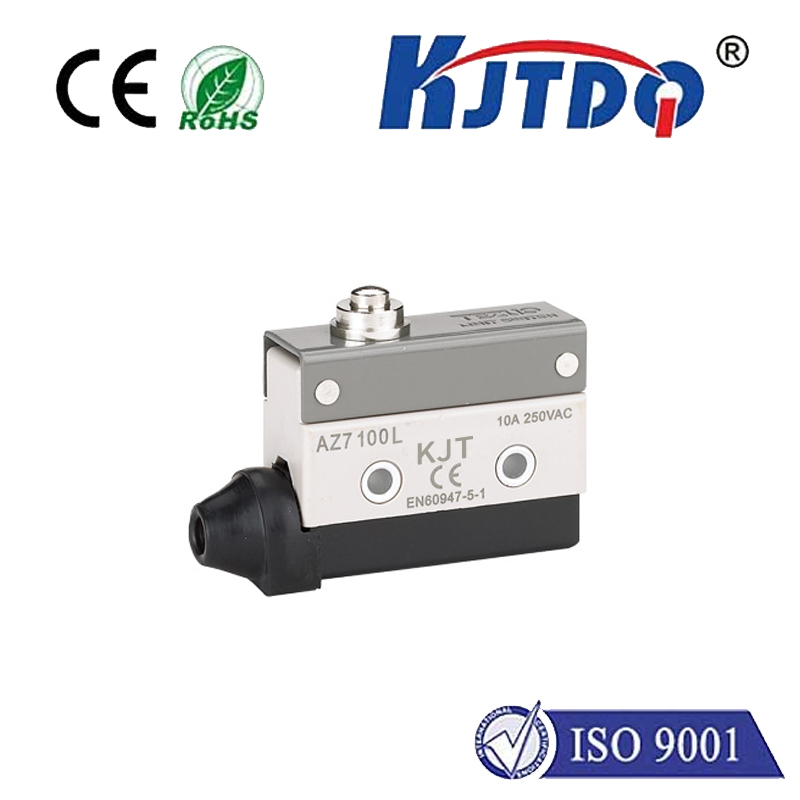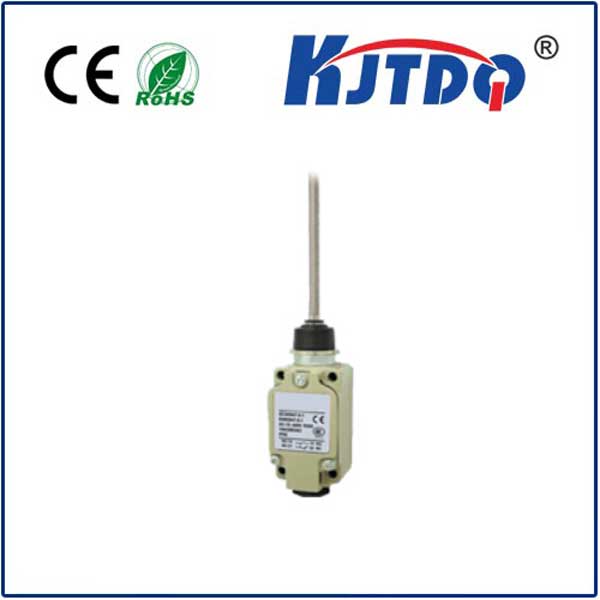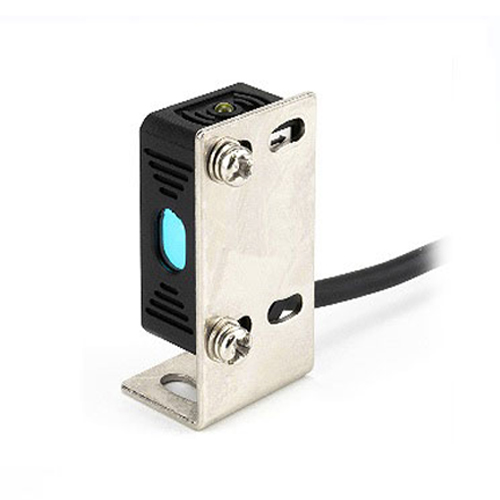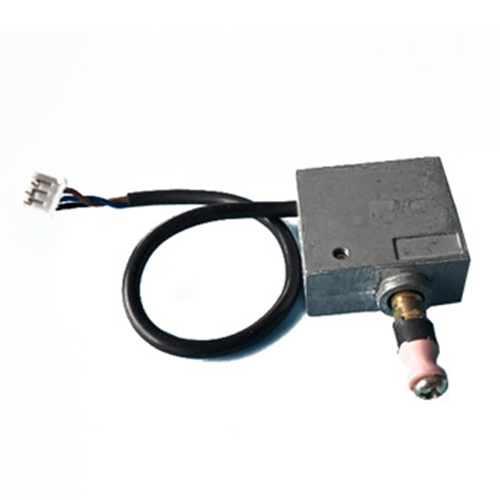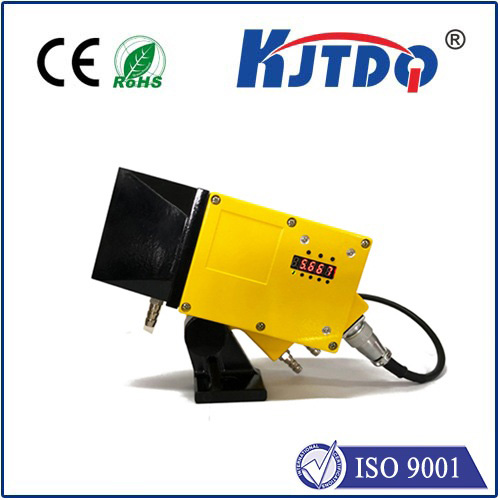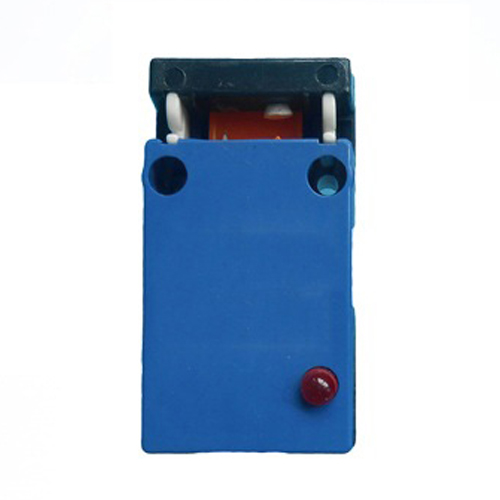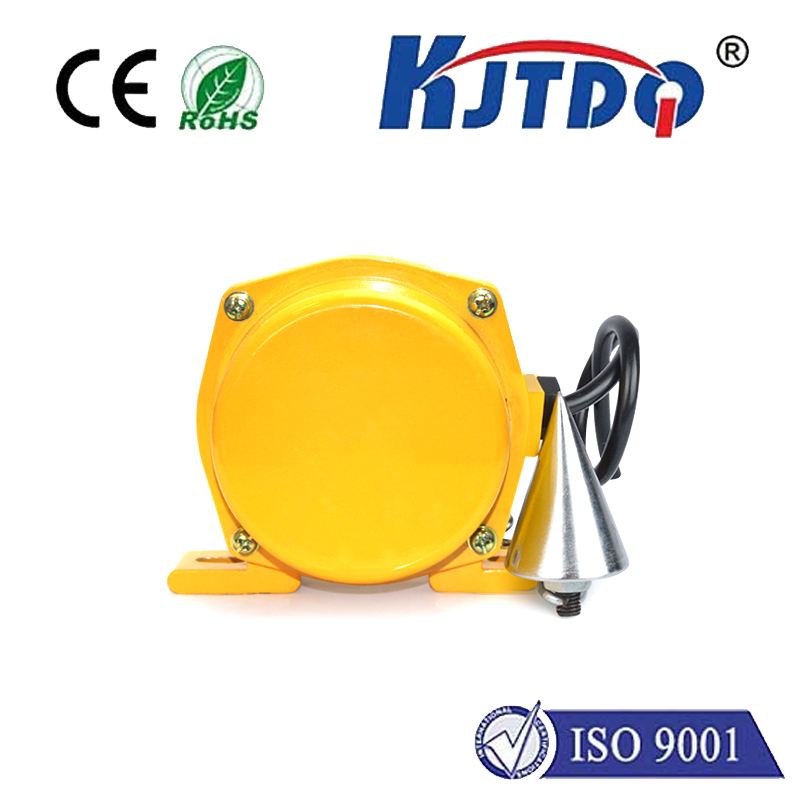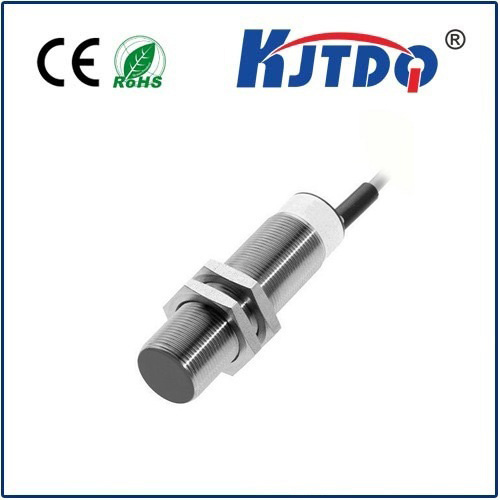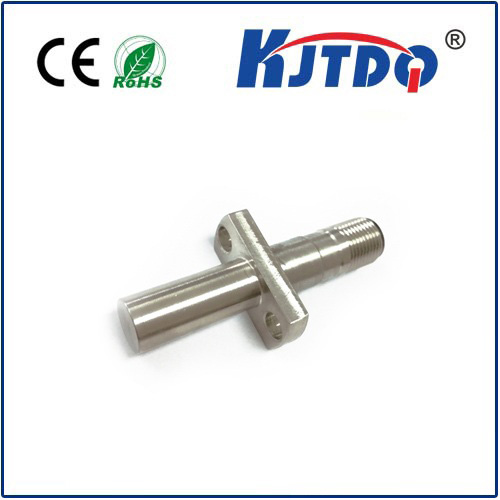usb distance sensor
- time:2025-07-18 08:22:54
- Нажмите:0
USB Distance Sensors: Plug-and-Play Precision for Modern Applications
Imagine needing to measure distance quickly, accurately, and without wrestling with complicated wiring or dedicated controllers. That’s the compelling promise of the USB distance sensor. Gone are the days of intricate setups; these innovative devices plug directly into a standard USB port on your computer, laptop, or even some compact single-board computers, offering an unprecedented level of accessibility and ease for distance measurement tasks. If you work in automation, robotics, prototyping, or simply love tinkering, understanding the power of the USB-connected distance sensor is key to unlocking simpler, smarter projects.
Demystifying the USB Distance Sensor
At its core, a USB distance sensor is an electronic device designed to measure the physical distance between itself and a target object. What sets it apart is its integrated USB interface, serving a dual critical purpose: power delivery and data communication.
- Power: Operates entirely via the USB port’s 5V supply, eliminating the need for separate power adapters, batteries, or complex wiring harnesses. This is the essence of plug-and-play convenience.
- Communication: Transfers the measured distance data directly over USB, typically appearing as a virtual serial (COM) port or a Human Interface Device (HID) on the host computer. This allows seamless integration with software applications.
The underlying sensing technology can vary:
- Ultrasonic Distance Sensors: Emit high-frequency sound waves and measure the time-of-flight for the echo to return. Known for decent range (often up to several meters) and resilience to target material/color, though slightly less precise than optical methods. They’re popular USB distance sensors due to their cost-effectiveness and robustness.
- Infrared (IR) / Time-of-Flight (ToF) Sensors: Use infrared light, measuring either phase shift or direct time-of-flight. Generally offer faster response and higher accuracy at shorter to medium ranges than ultrasonic sensors, but can be more sensitive to ambient light and surface properties.
- Laser Rangefinders: Utilize laser beams for extremely precise measurements over longer distances. While less common in pure USB sensor form factors due to cost and power requirements, compact versions exist, offering the highest accuracy.
Why Choose USB? Key Advantages Over Traditional Sensors
The shift towards USB-connected distance sensors is driven by several compelling benefits:
- Unmatched Simplicity & Speed: Plug-and-play is the defining feature. Truly no complex installation required. Plug it in, it gets power and your computer recognizes it. Deploying a sensor in minutes rather than hours revolutionizes prototyping and rapid development.
- Eliminates External Power Needs: USB provides clean, regulated 5V power. No external power supplies or batteries are needed, reducing clutter, cost points of failure, and simplifying portable applications.
- Direct Computer Integration: Seamless data streaming directly to your PC’s CPU. This enables immediate visualization (e.g., graphing distance over time), logging to files, complex real-time processing algorithms, or integration into larger control systems without needing intermediary microcontrollers or data loggers.
- Reduced Cost of Entry: Integrating USB control circuitry eliminates the need for separate interface boards (like Arduino or PLC analog input modules) in many applications, lowering the overall system cost for basic measurement tasks.
- Software Flexibility: Leveraging the vast processing power and ecosystem of a host computer allows for sophisticated analysis, visualization, and control logic built in Python, C#, LabVIEW, MATLAB, or numerous other languages, accessible even to beginners. Many manufacturers offer simple sensor software or SDKs.
- Portability & Space Saving: Compact designs powered solely by USB are ideal for mobile setups, temporary installations, or applications with limited enclosure space.
Where USB Distance Sensors Shine: Diverse Applications
The versatility of USB distance sensors makes them invaluable across numerous domains:
- Industrial Automation & Process Control: Monitoring fill levels in bins/tanks, detecting object presence or position on conveyors, verifying part dimensions or placement in assembly lines, and controlling automated guided vehicles (AGVs) – all with simplified installation on control PCs or HMIs.
- Robotics & Drones: Providing critical proximity detection, collision avoidance, terrain following, or landing assistance data directly to the robot’s onboard computer or ground control station. Plug-and-play testing is invaluable during robot development.
- 3D Scanning & Mapping: Arrays of USB distance sensors can be used in DIY or educational 3D scanning setups, measuring object profiles or room dimensions for mapping applications. The direct data streaming facilitates quick point cloud generation.
- Interactive Installations & Art: Creating exhibits that react to viewer proximity, triggering lights, sounds, or projections based on distance readings fed directly into multimedia software via USB.
- Research & Data Logging: Capturing precise distance measurements over time for scientific experiments, vibration analysis, or material displacement studies. Data logs directly to the PC’s hard drive.
- Hobbyists & Education: An excellent entry point for learning about sensors, data acquisition, and programming. Students can easily capture real-world distance data for physics experiments or robotics projects without advanced electronics knowledge, thanks to the USB interface.
Choosing the Right USB Distance Sensor: Key Considerations
Not all USB distance sensors are created equal. Keep these factors in mind:
- Sensing Technology & Range Specs: Match the sensor’s minimum/maximum range and accuracy to your application’s needs (Ultrasonic for general purpose, ToF/IR for short-range precision, Laser for long-range/high accuracy).
- Update Rate: How quickly does it provide new measurements (e.g., 10Hz, 25Hz, 50Hz)? Critical for dynamic applications like robotics.
- Interface & Software Compatibility: Does it appear as a COM port (common, easy) or HID? Are OS-specific drivers needed? Does the vendor provide an API/SDK or ready-to-use sensor software for your preferred programming environment? Check for Python libraries, LabVIEW VIs, etc.
- Build Quality & Environmental Suitability: Consider operating temperature, IP rating (dust/water resistance), and cable durability, especially for industrial or outdoor use. Look for robust usb sensor housings.
- Beam Pattern: Ultrasonic sensors have wide cones; laser sensors have very narrow beams. Choose based on whether you need to detect small objects or average over an area.
The Uncluttered Future of Measurement
The USB distance sensor represents a significant leap towards making precise distance measurement accessible, streamlined, and deeply integrated with modern computing power. By eliminating the friction of power supplies and complex interfaces, these sensors empower engineers, researchers, educators, and hobbyists to focus on what they want to measure and how they want to use the data, rather than how to get the sensor working. Whether you’re building an industrial monitoring system, a responsive art piece, or an intelligent robot, the simplicity and power of a plug-and-play USB-connected distance sensor offer a compelling solution that truly delivers on-demand precision.
